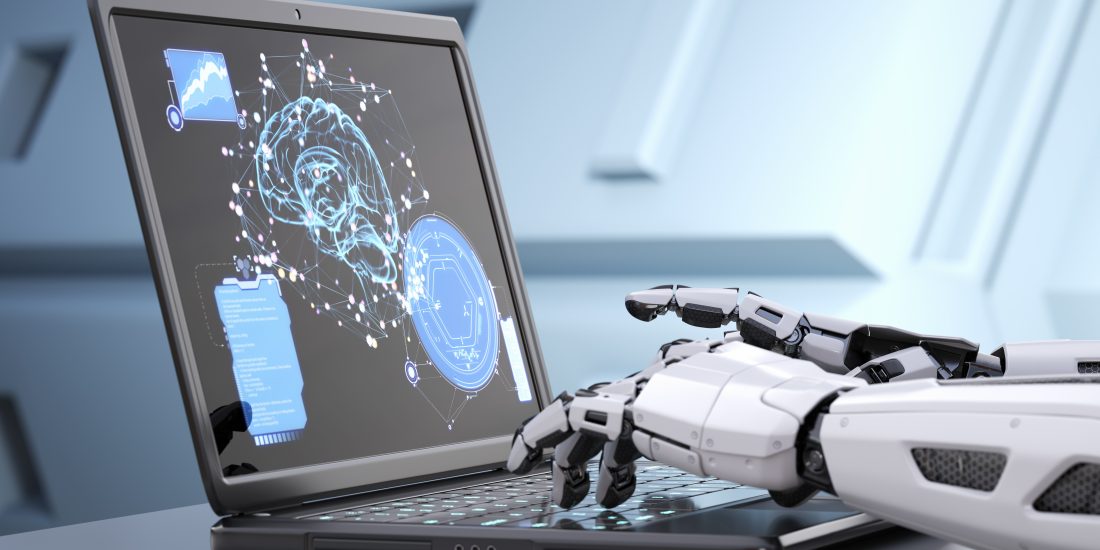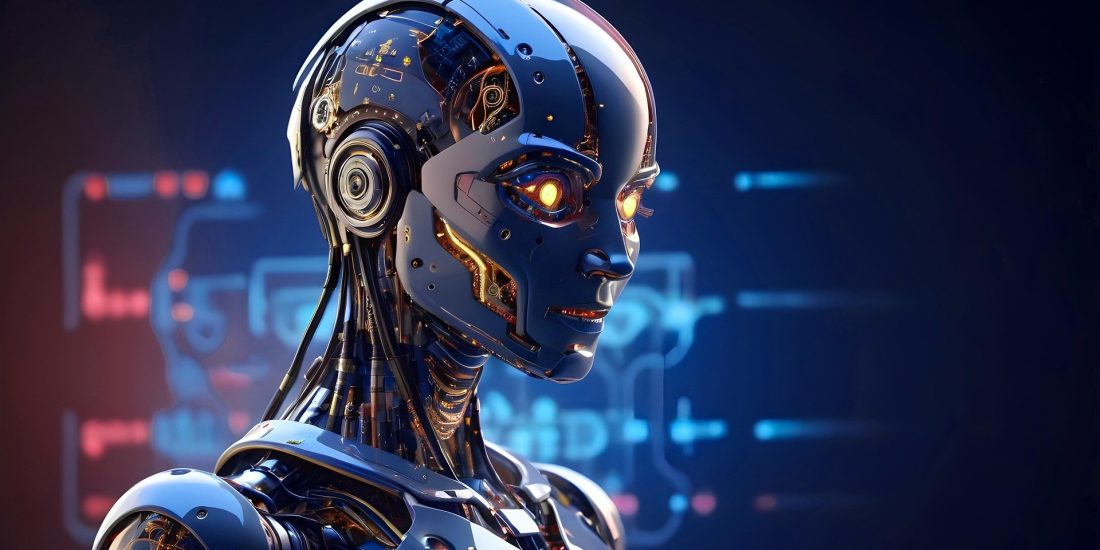
AI Trust and Security as the Foundation of Responsible Innovation
For years, I’ve been helping companies cut through the hype and focus on what truly works with cloud, AI, and automation. Whether it’s optimizing customer interactions or refining operations, my goal is to provide you with insights and tools that make a real difference.
Ready to see how AI can work for you? Let’s get things moving in the right direction—starting today.
AI trust and security—two words that are shaping how businesses, governments, and individuals view artificial intelligence today. In the last few years, there’s been no such thing as ignoring the impact of AI on our lives. What’s changed recently, however, is how this technology is being deployed.
With AI rapidly taking over decision-making processes in industries like healthcare, finance, and even law enforcement, the spotlight is now on whether these systems can be trusted and secured. So, why does AI trust and security matter so much? And why should it matter to you? Let’s break it down.
Why AI Trust Matters
AI is already embedded in many parts of our daily lives, often without us even realizing it. From personalized recommendations on Netflix to complex decisions in autonomous driving, AI is everywhere.
However, despite its widespread presence, if people don’t trust these systems, they won’t rely on them fully. Therefore, AI’s success depends not just on its adoption, but on whether users believe in its fairness and security. And without that trust, the full potential of artificial intelligence will never be realized.
Let’s consider a simple example. Imagine an AI system used in hiring. If candidates believe the AI is biased, rejecting resumes based on gender, race, or other irrelevant factors, they will lose faith in the fairness of the process. And it’s not just candidates—employers, regulators, and even the public could lose trust in AI-driven decision-making. Trust isn’t just a feel-good factor here; it’s the cornerstone of AI adoption.
Building Trust in AI
How do we make AI trustworthy? It’s not enough for an AI system to be powerful—it needs to be transparent and fair. That means developers need to design systems that clearly show how decisions are made. If AI is a black box where decisions come out of nowhere, how can anyone trust it?
One big step toward transparency is reducing bias. AI is only as good as the data it’s trained on, and if that data is flawed or unbalanced, the AI will reflect those issues. To reduce bias, developers should prioritize using diverse, representative data sets and regularly audit AI systems for biased patterns. Implementing fairness algorithms and ongoing monitoring ensures AI models remain equitable and trustworthy.
Human Accountability
Even with the best systems, trust can’t be built overnight. This is where human accountability comes in. No AI system should make important decisions without human oversight. In high-risk areas such as healthcare or law enforcement, this oversight is crucial.
For example, in healthcare, a doctor must review AI-generated diagnoses or treatment recommendations to ensure they align with patient needs and ethical standards. Similarly, in law enforcement, AI tools used in surveillance or predictive policing must be monitored by human officers who can evaluate the context and prevent bias.
At every step, there needs to be someone accountable for ensuring the AI is fair, accurate, and unbiased, with clear protocols for intervention when issues arise.
The Importance of AI in Security
Okay, so trust is crucial—but what about security? After all, trust means nothing if the AI system can’t be protected from attacks. AI systems are particularly vulnerable to adversarial attacks, where small changes in input data can completely change the system’s output.
Why Security Can’t Be an Afterthought
Security in AI can’t be something you think about after the system is already built and deployed. It needs to be embedded into it from day one. Adversarial attacks are becoming more sophisticated, and as AI is adopted in more industries, the stakes are only going to get higher. Consider an AI system managing a hospital’s patient data. If that system gets hacked, it’s not just an inconvenience—it’s potentially life-threatening.
Real-World AI Security Threats
The risks associated with AI security aren’t hypothetical, they’re happening right now. Let’s take a look at the two most alarming threats when it comes to AI systems.
- Data Poisoning: Attackers deliberately tamper with the data used to train AI models, introducing corruptions that cause the AI to misbehave in specific situations. One notable data poisoning incident occurred a few years ago when attackers targeted Google’s Gmail spam filter. They sent millions of emails designed to confuse the classifier and manipulate its spam detection algorithm, trying to alter what was classified as spam. This attack aimed to make malicious emails bypass the filter and reach users’ inboxes.
- Model Theft: Hackers can extract sensitive information or steal the AI model itself, compromising both security and intellectual property. For example, if attackers steal the source code of a stock trading algorithm, they could manipulate it to execute unauthorized trades, causing significant financial loss. Additionally, they could reverse-engineer the model to uncover proprietary trading strategies, undermining the competitive edge of the affected company.
Security, like trust, must be a core consideration from the very beginning of development to avoid potentially catastrophic outcomes.
The Road Ahead: Prioritizing AI Trust and Security
So, what’s next? How do we take what we’ve learned and build AI systems that people trust and feel safe using? It comes down to three key principles:
- Transparency: We need AI systems that can explain their decisions in simple, clear ways. People won’t trust what they can’t understand.
- Bias Reduction: Developers must prioritize fairness by carefully selecting and curating the data AI is trained on.
- Security: AI systems need to be built with security in mind from the start.
AI Trust and security isn’t a distant problem for tech giants to worry about. It’s something that affects all of us—from the businesses adopting AI to the end-users impacted by it. If we want AI to truly deliver on its potential, we need to make sure it’s trustworthy, secure, and transparent.
Want to learn more? In one of the episodes of Rick’s AI Panel, I discuss AI trust, bias, and security in more detail, including some fascinating real-world examples. Spoiler: trust isn’t just a “nice to have,” it’s everything. We cover why AI fails when it’s biased (hello, Amazon’s AI hiring flop!) and how hackers can mess with AI systems in ways that’ll make you rethink how secure your data really is. You won’t want to miss it—plus, there’s a sneak peek at some cool stuff we’ve got cooking up!
Check it out below:
A New Way Forward
If you’re considering implementing AI into your business, think about this: how can you ensure trust and security from day one? It’s not just about creating cool features—it’s about creating AI that people believe in and feel safe using.
Let’s get that conversation going. If you want to learn how my team can help you bring AI trust and security into your operations, reach out today.





